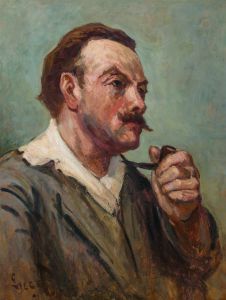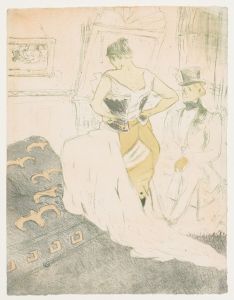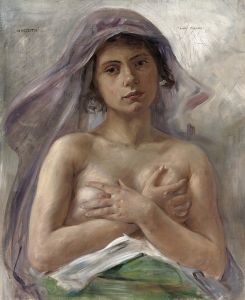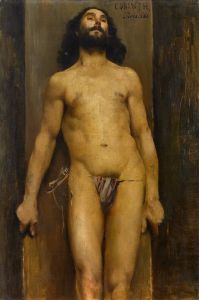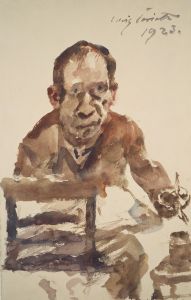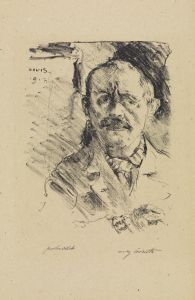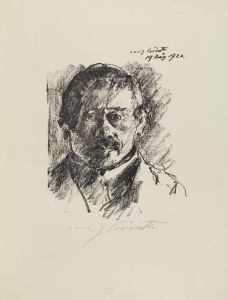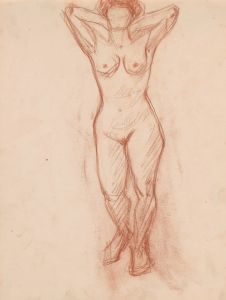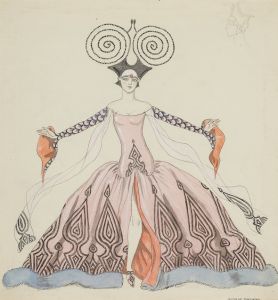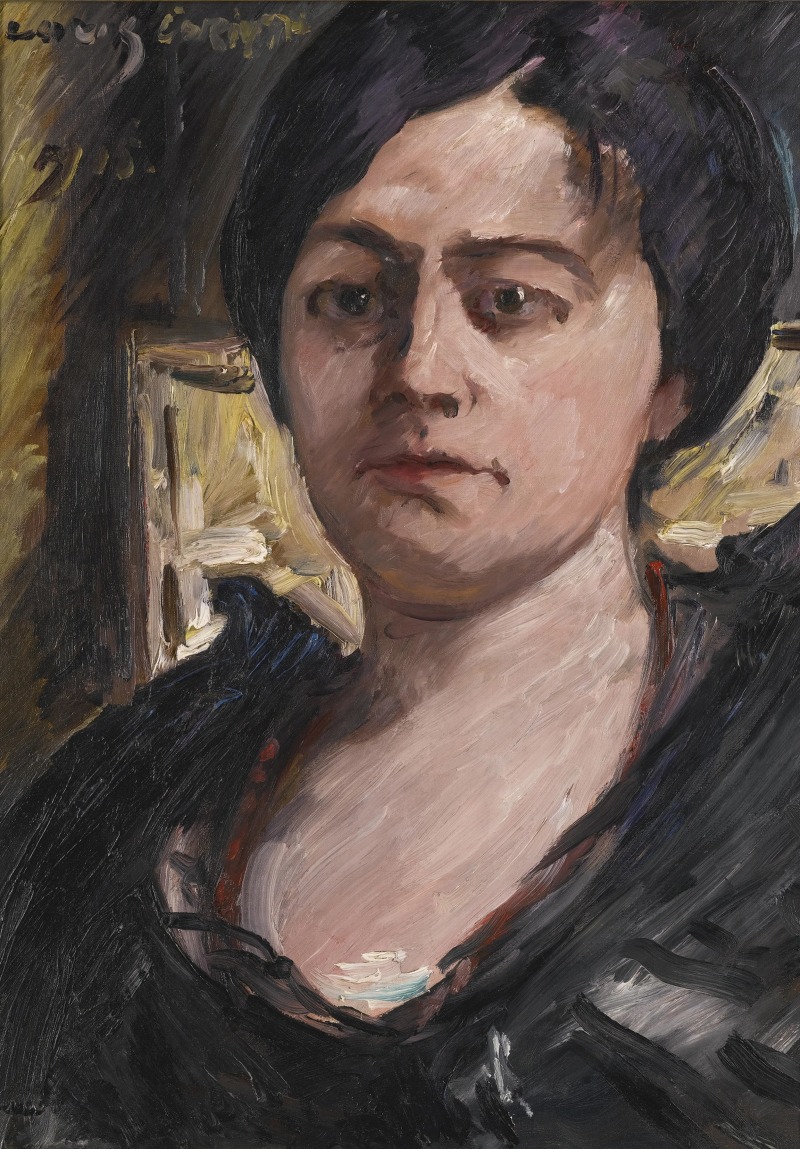
Portrait of Charlotte Corinth
A hand-painted replica of Lovis Corinth’s masterpiece Portrait of Charlotte Corinth, meticulously crafted by professional artists to capture the true essence of the original. Each piece is created with museum-quality canvas and rare mineral pigments, carefully painted by experienced artists with delicate brushstrokes and rich, layered colors to perfectly recreate the texture of the original artwork. Unlike machine-printed reproductions, this hand-painted version brings the painting to life, infused with the artist’s emotions and skill in every stroke. Whether for personal collection or home decoration, it instantly elevates the artistic atmosphere of any space.
"Portrait of Charlotte Corinth" is a painting by the German artist Lovis Corinth, created in 1911. Lovis Corinth (1858-1925) was a prominent figure in the German art scene and a key member of the Berlin Secession, an art movement that sought to break away from traditional academic art and embrace more modern and experimental approaches.
The subject of the painting, Charlotte Berend-Corinth, was Lovis Corinth's wife and a significant influence on his work. Charlotte Berend (1880-1967) was also an accomplished artist in her own right, having studied at the Berlin School of Art and later becoming one of Corinth's students. The couple married in 1903, and Charlotte frequently appeared in her husband's works, both as a model and as a muse.
"Portrait of Charlotte Corinth" exemplifies Corinth's mature style, characterized by vigorous brushwork, rich coloration, and a keen interest in capturing the psychological depth of his subjects. The painting depicts Charlotte in a seated position, gazing directly at the viewer with a composed and introspective expression. Her attire is elegant, reflecting the fashion of the early 20th century, and the background is rendered in a loose, impressionistic manner that contrasts with the more detailed depiction of her face and hands.
The portrait is notable for its intimate and personal nature, revealing the deep bond between the artist and his wife. Corinth's use of light and shadow, as well as his dynamic brushstrokes, imbue the painting with a sense of immediacy and vitality. The work also reflects the influence of both Impressionism and Expressionism, movements that Corinth engaged with throughout his career.
Lovis Corinth's artistic journey was marked by a transition from academic realism to a more expressive and individualistic style. His early works were influenced by his academic training and the techniques of the Old Masters, but his later works, including "Portrait of Charlotte Corinth," demonstrate a freer and more experimental approach. This evolution in his style was partly influenced by his personal experiences, including a stroke in 1911 that temporarily paralyzed his left side. Despite this setback, Corinth continued to paint, adapting his technique to accommodate his physical limitations.
"Portrait of Charlotte Corinth" is housed in the collection of the Nationalgalerie in Berlin, Germany. The painting is considered an important example of Corinth's portraiture and a testament to his skill in capturing the essence of his subjects. It also serves as a poignant reminder of the close relationship between Lovis and Charlotte Corinth, both as partners in life and in art.
Overall, "Portrait of Charlotte Corinth" stands as a significant work within Lovis Corinth's oeuvre, reflecting his mastery of portraiture and his ability to convey the emotional and psychological depth of his subjects. The painting remains a cherished piece in the history of German art, celebrated for its technical proficiency and its heartfelt portrayal of the artist's beloved wife.





